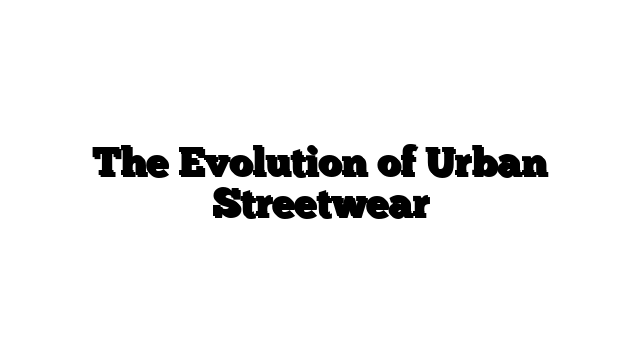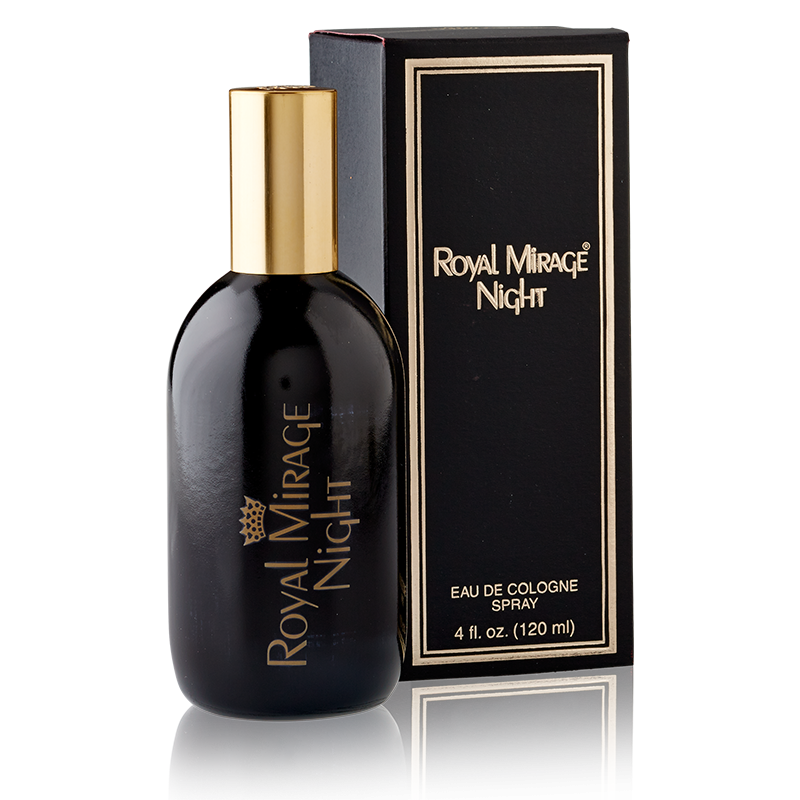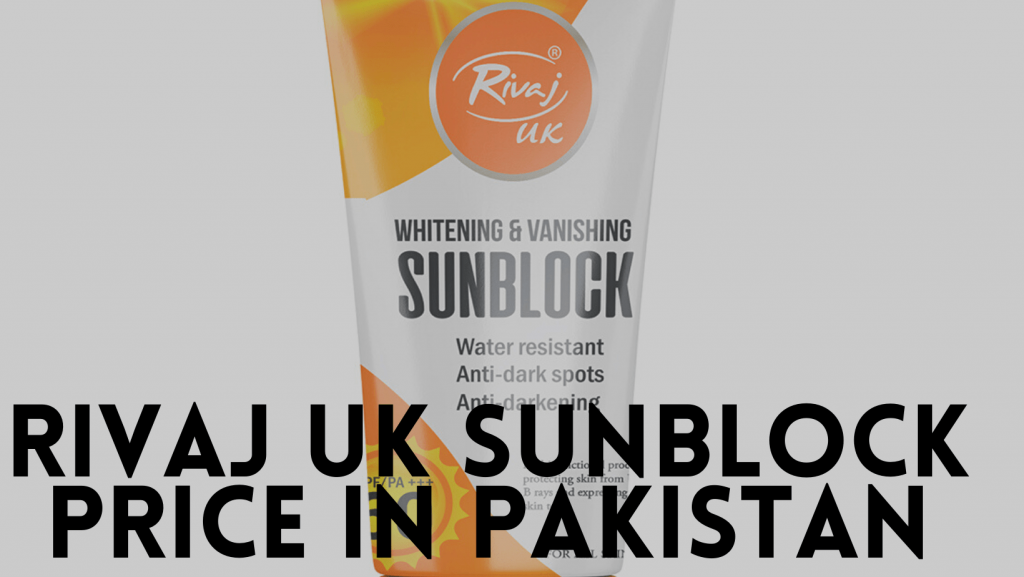Urban streetwear has transcended mere fashion to become a powerful cultural movement. Born from the gritty streets of major cities, it has now taken the fashion world by storm, influencing high-end designers and everyday fashionistas alike. In this blog post, we will explore the origins of urban streetwear, its evolution, and its impact on modern fashion and culture. For those looking to stay ahead of the trend, check out the Best Urban Streetwear collections available today.
The Origins of Urban Streetwear
Urban streetwear finds its roots in the 1970s and 1980s, particularly in New York City and Los Angeles. During this period, the fashion scene was heavily influenced by the burgeoning hip-hop culture and skateboarding communities. Brands like Stüssy and Supreme started to emerge, blending the casual, rebellious spirit of these subcultures with distinctive designs and logos.
The Rise of Streetwear Brands
The 1990s and early 2000s marked a significant era for urban streetwear as it began to gain mainstream attention. Influenced by rap and hip-hop artists, who often wore these brands in music videos and public appearances, streetwear became synonymous with urban culture. Brands like FUBU, Sean John, and Rocawear epitomized this trend, creating a bridge between street style and commercial fashion.
Influence of Music and Pop Culture
Music has always played a crucial role in the propagation of urban streetwear. Artists such as Tupac Shakur, Biggie Smalls, and later, Kanye West, Pharrell Williams, and Travis Scott, have heavily influenced streetwear trends. Their endorsement of certain brands and unique personal styles contributed significantly to the global appeal of urban streetwear.
Evolution and Global Impact
In recent years, urban streetwear has evolved to include a broader range of styles and influences. The rise of social media platforms like Instagram and TikTok has allowed streetwear to reach a global audience, fostering a diverse and inclusive community. Fashion weeks in Paris, Milan, and New York now prominently feature streetwear brands, further cementing its status in the fashion hierarchy.
Streetwear Meets High Fashion
One of the most fascinating developments in the streetwear phenomenon is its intersection with high fashion. Collaborations between streetwear brands and luxury fashion houses have become commonplace. For instance, Supreme’s partnership with Louis Vuitton in 2017 was a groundbreaking moment that highlighted the fusion of street and luxury fashion. These collaborations have brought streetwear into the wardrobes of high-end consumers and showcased its versatility and broad appeal.
Sustainable Streetwear
As the fashion industry grapples with sustainability issues, urban streetwear is also making strides toward eco-friendly practices. Many brands are now focusing on sustainable materials, ethical production processes, and promoting a culture of conscious consumption. This shift not only addresses environmental concerns but also aligns with the values of a younger, more eco-conscious consumer base.
The Future of Urban Streetwear
Looking ahead, the future of urban streetwear appears bright and dynamic. With technology advancing and virtual reality gaining traction, the next frontier for streetwear could be digital fashion and virtual clothing. This would not only revolutionize the way we think about fashion but also reduce the environmental impact of physical production.
Conclusion
Urban streetwear is more than just a fashion trend; it’s a cultural movement that has significantly influenced the fashion industry and global culture. From its humble beginnings in the streets of New York and Los Angeles to its current status as a high-fashion staple, streetwear continues to evolve and inspire. As it adapts to new trends and technologies, urban streetwear will undoubtedly remain a defining element of modern fashion.
James Martin is a passionate writer and the founder of OnTimeMagazines & EastLifePro. He loves to write principally about technology trends. He loves to share his opinion on what’s happening in tech around the world.



